 Congratulations to Mr. Musa Lewis Nhlabatsi whose paper ‘Clinicians’ barriers to screening and diagnosing diabetes distress in patients with type 1 and 2 Diabetes Mellitus: a systematic review’ has just been accepted by the African Journal of Health Sciences [1].This systematic review’s initial search identified 1,579 studies, but only four primary studies from three countries met the inclusion criteria. The studies reported five barriers: (1) lack of knowledge, (2) lack of time, (3) lack of accessibility to mental health services, (4) lack of motivation and (5) patients’ denial of their diabetes distress. The two most reported barriers were lack of knowledge and time. In conclusion this review identifies critical barriers to the underdiagnosis of diabetes distress by clinicians and highlights the need for policymakers and organisations to conduct pragmatic research to understand clinicians’ experiences in assessing diabetes distress in various healthcare settings to improve diabetes management.
Congratulations to Mr. Musa Lewis Nhlabatsi whose paper ‘Clinicians’ barriers to screening and diagnosing diabetes distress in patients with type 1 and 2 Diabetes Mellitus: a systematic review’ has just been accepted by the African Journal of Health Sciences [1].This systematic review’s initial search identified 1,579 studies, but only four primary studies from three countries met the inclusion criteria. The studies reported five barriers: (1) lack of knowledge, (2) lack of time, (3) lack of accessibility to mental health services, (4) lack of motivation and (5) patients’ denial of their diabetes distress. The two most reported barriers were lack of knowledge and time. In conclusion this review identifies critical barriers to the underdiagnosis of diabetes distress by clinicians and highlights the need for policymakers and organisations to conduct pragmatic research to understand clinicians’ experiences in assessing diabetes distress in various healthcare settings to improve diabetes management.
The paper developed from his work on the Systematic Review Module for Masters student. Earlier Musa won The Department of Medical Science and Public Health Award in July 2023 and he graduated in November 2023.
Congratulations!
Profs. Vanora Hundley and Edwin van Teijlingen
Reference:
- Nhlabatsi, M.L., van Teijlingen, E., Hundley, V. (2024) Clinicians’ barriers to screening and diagnosing diabetes distress in patients with type 1 and 2 Diabetes Mellitus: a systematic review’, African Journal of Health Sciences (forthcoming)


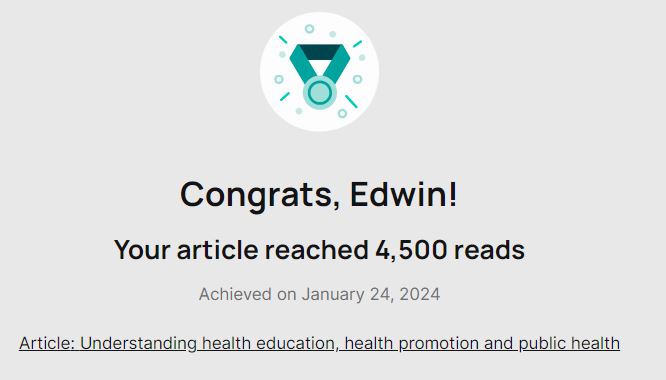



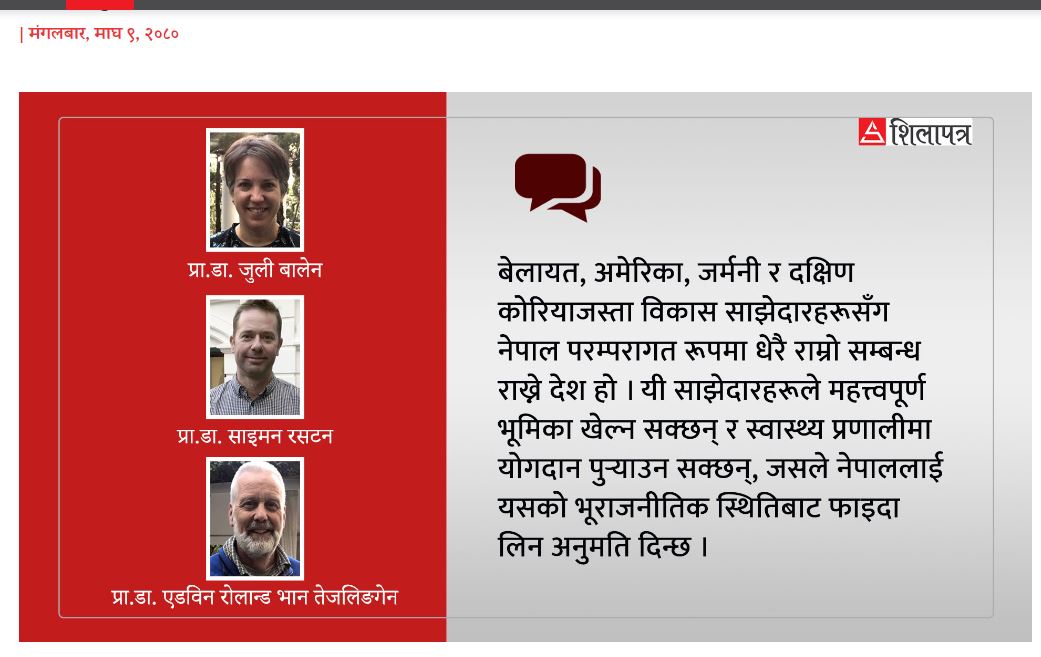

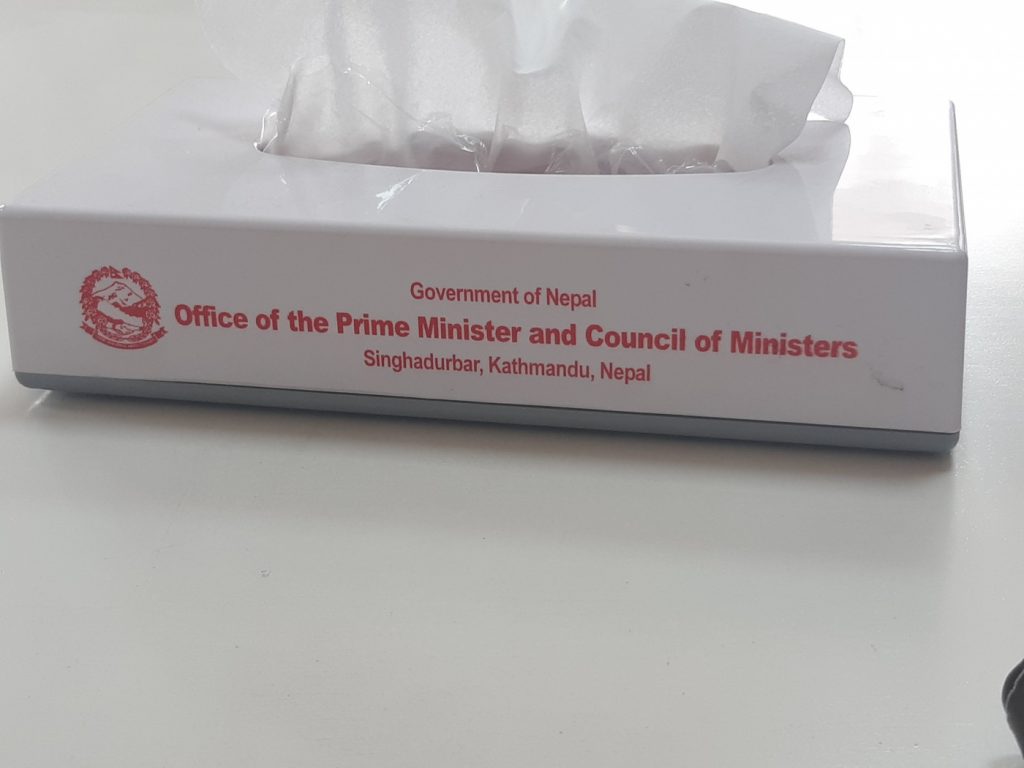
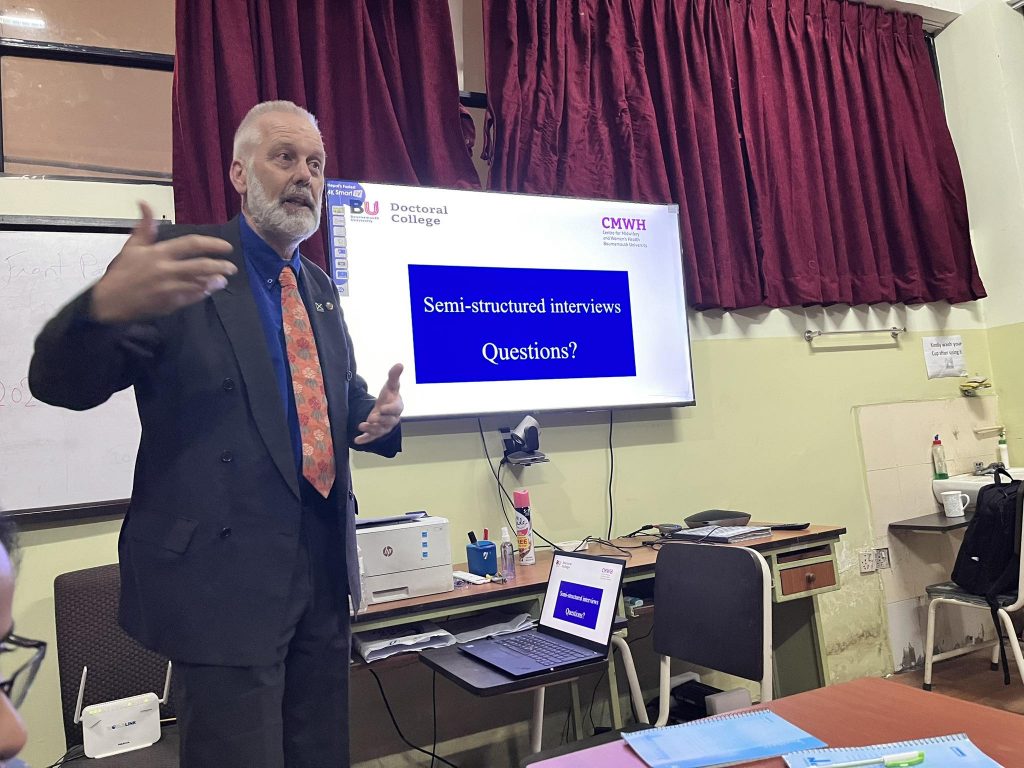








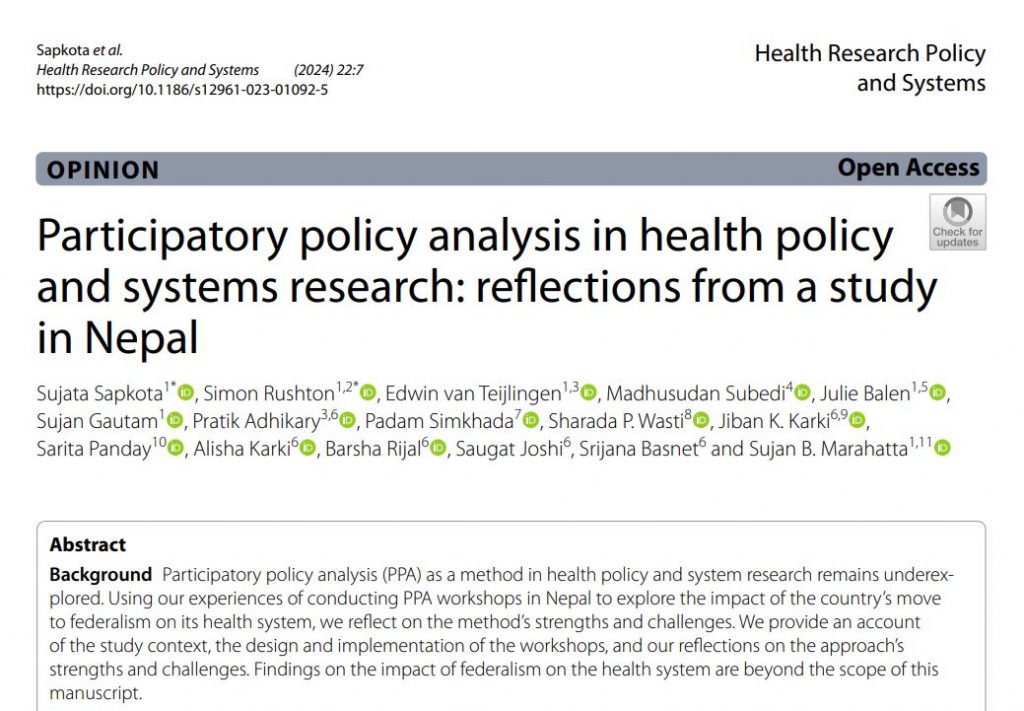
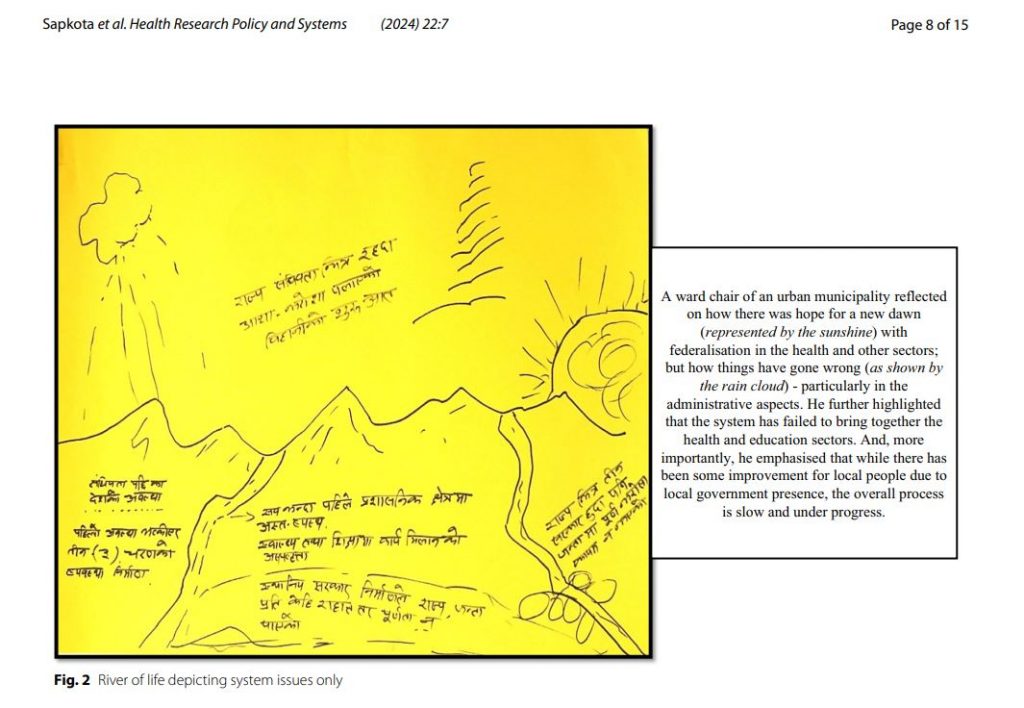
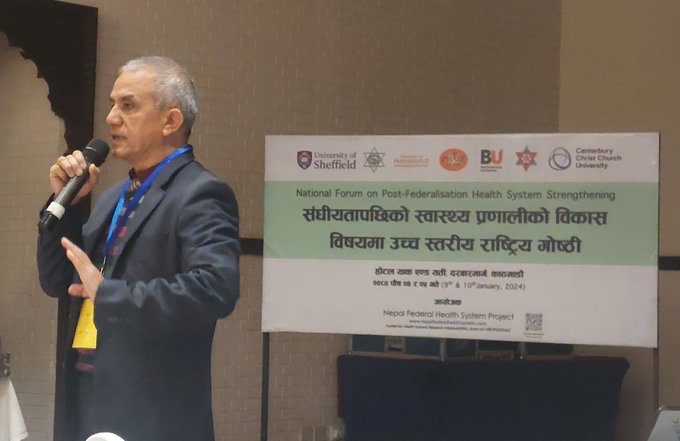
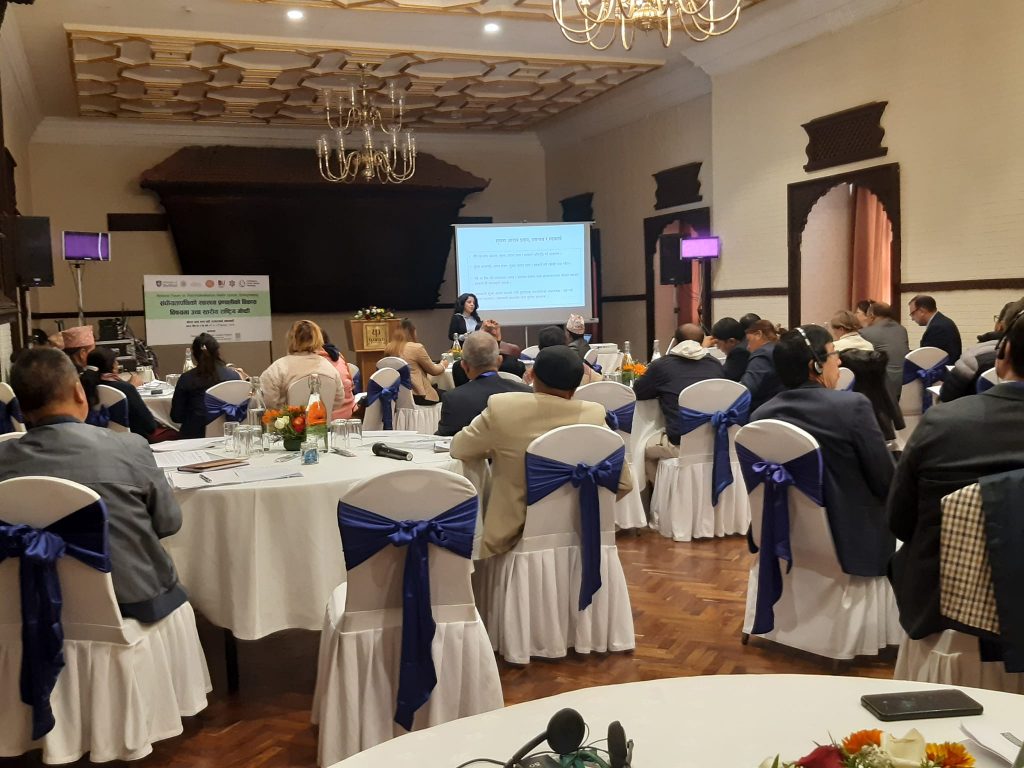
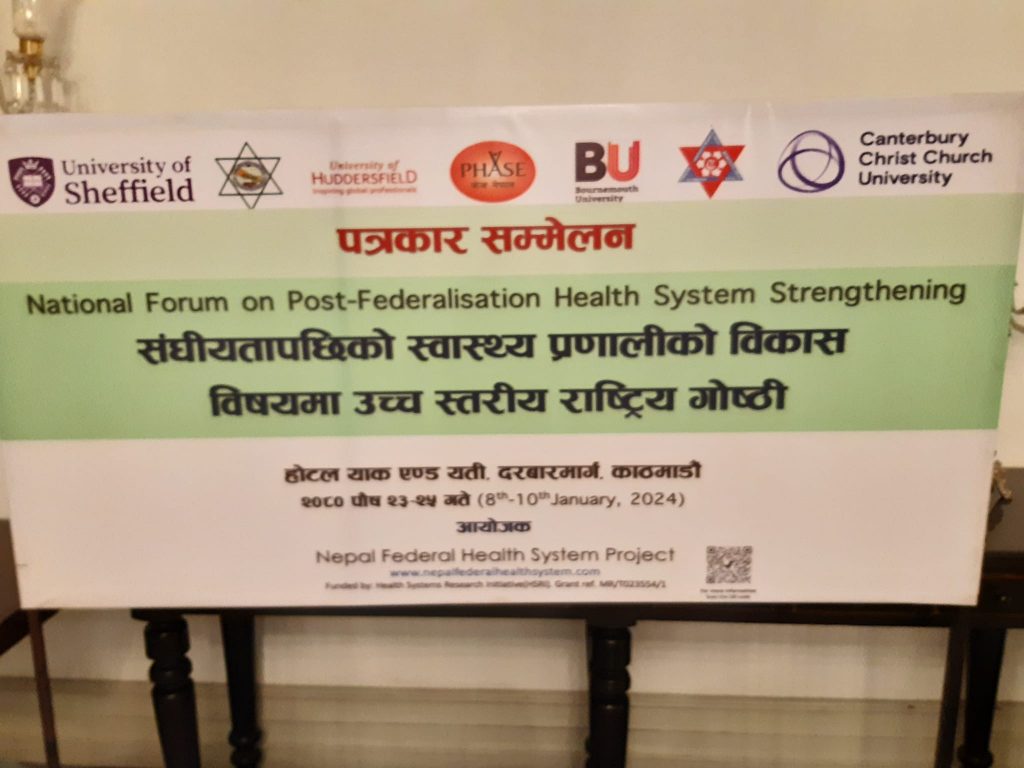


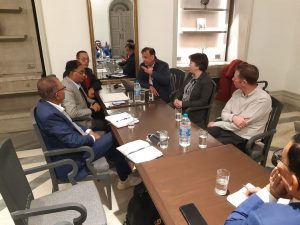


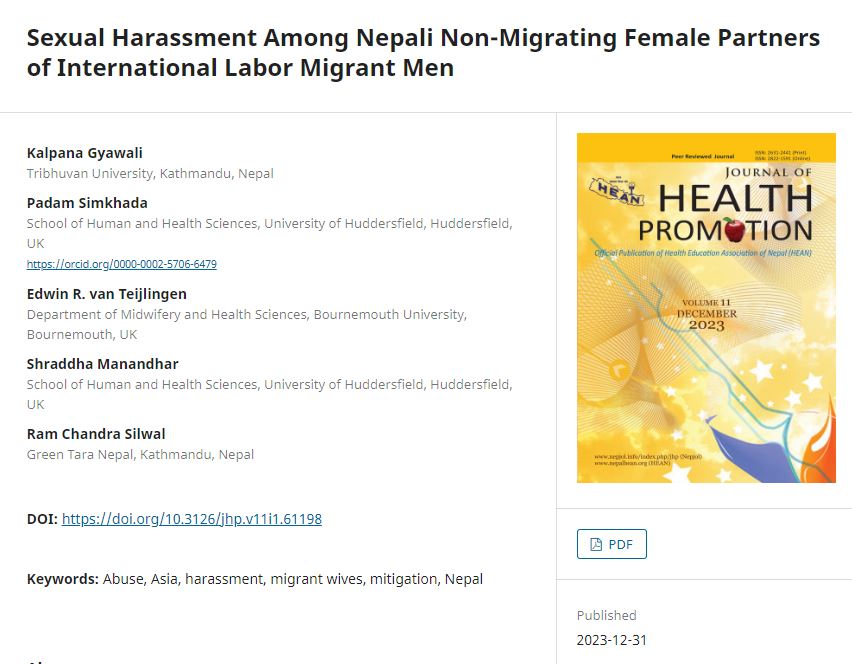

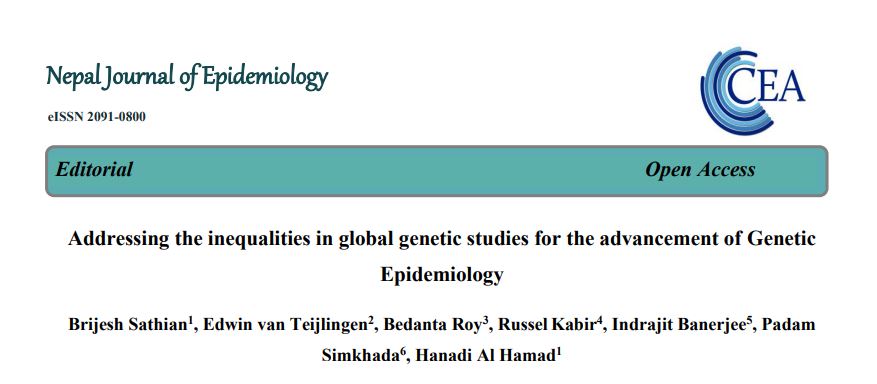
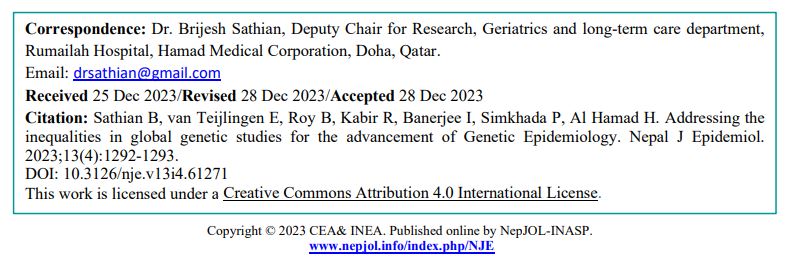
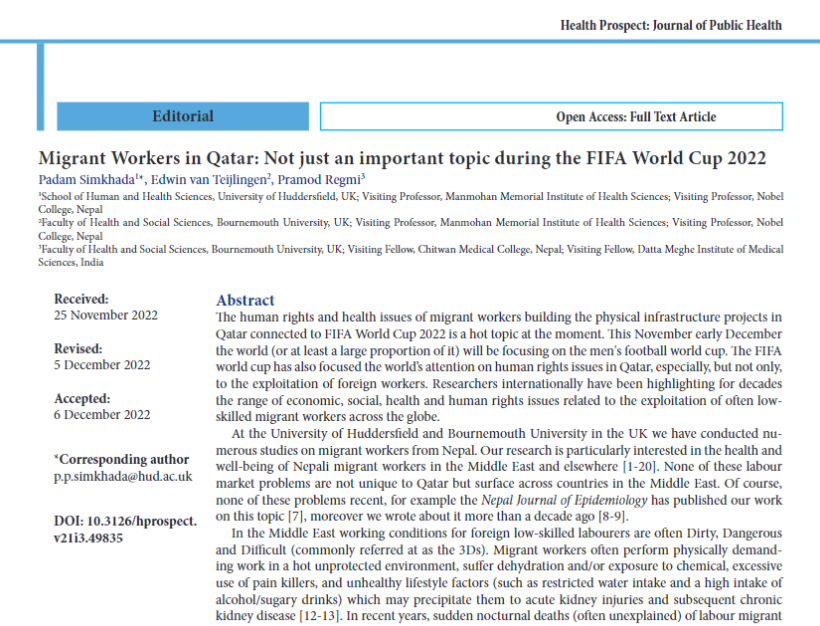

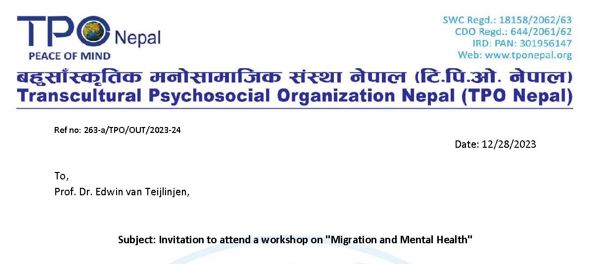












 Conversation article: Why so many people drown at the water’s edge
Conversation article: Why so many people drown at the water’s edge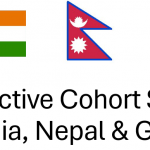 Workshop on longitudinal studies in three countries
Workshop on longitudinal studies in three countries New Bournemouth University public health paper
New Bournemouth University public health paper New ACORN-funded paper published. When time is short but passion for food is strong, food day-tripping may be the answer!
New ACORN-funded paper published. When time is short but passion for food is strong, food day-tripping may be the answer! Royal Society of Chemistry Outreach Fund: Open for Applications
Royal Society of Chemistry Outreach Fund: Open for Applications Last reminder – MSCA Postdoctoral Fellowships 2024 internal deadline next week
Last reminder – MSCA Postdoctoral Fellowships 2024 internal deadline next week Horizon Europe – EuroHPC and MSCA PF webinars
Horizon Europe – EuroHPC and MSCA PF webinars